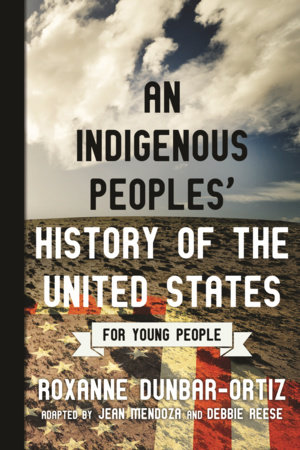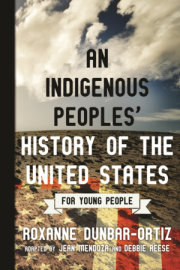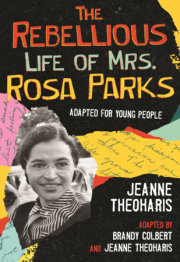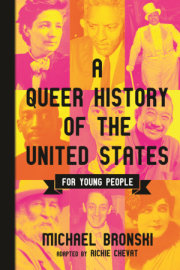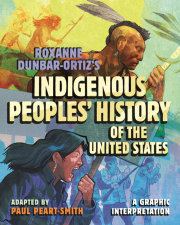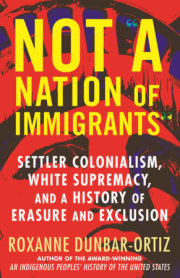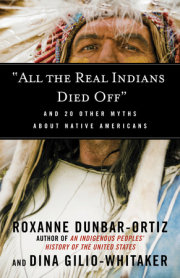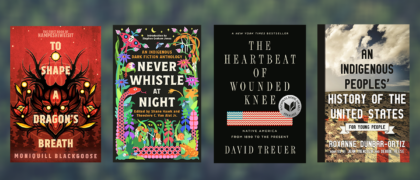Books for Native American Heritage Month
In celebration of Native American Heritage Month this November, Penguin Random House Education is highlighting the stories of our authors and illustrators who represent the Indigenous Experience. Using #StoriesoftheLand, #NativeAmericanbooks, and #Indigenousreads, join us in putting a spotlight on the rich and diverse stories showcasing the important contributions and experiences of Native people. Here is

